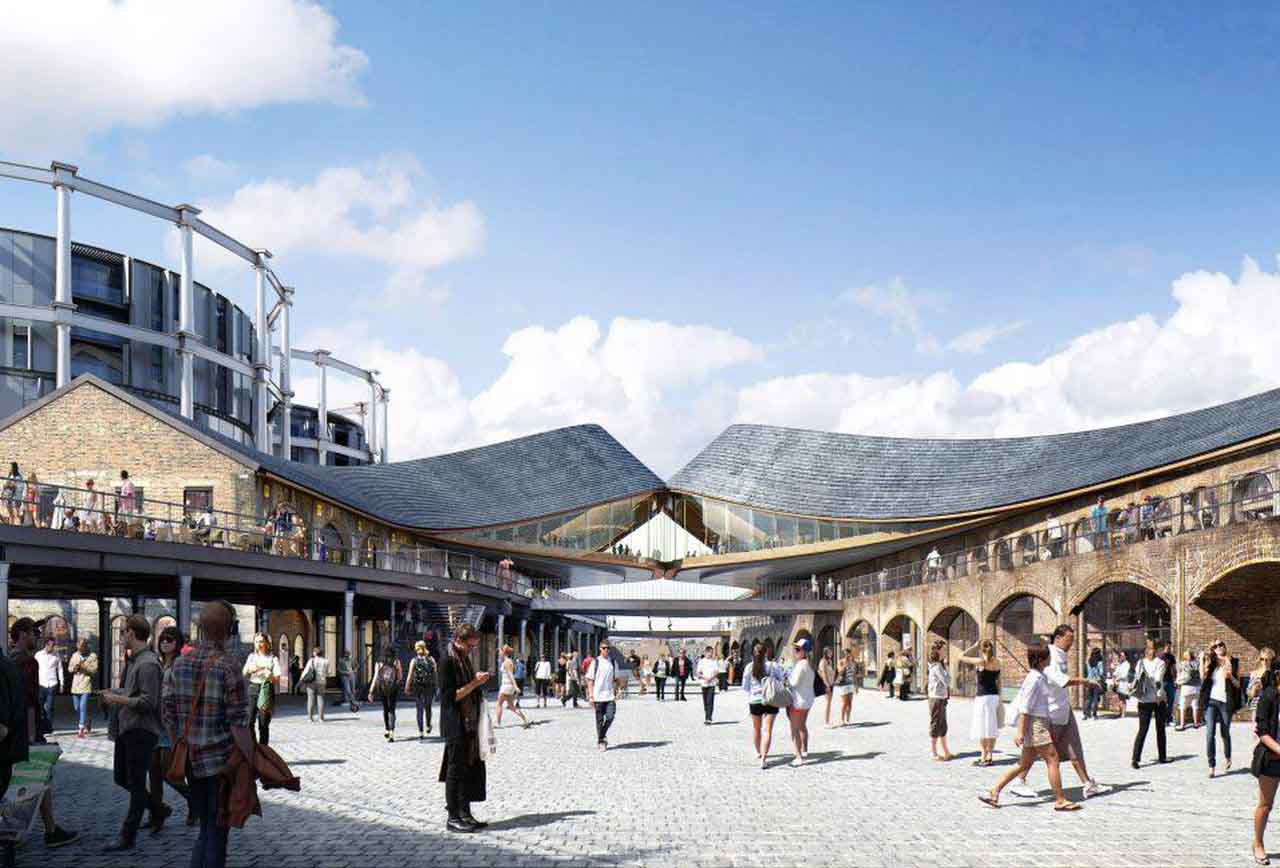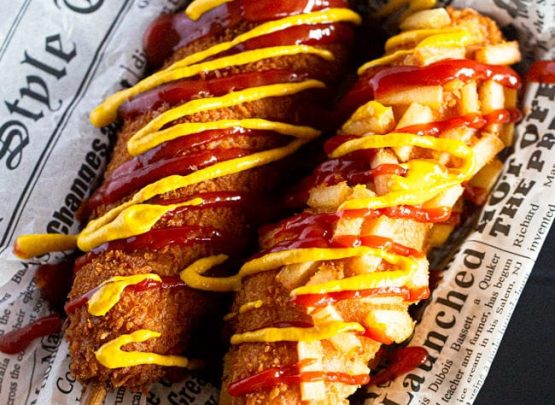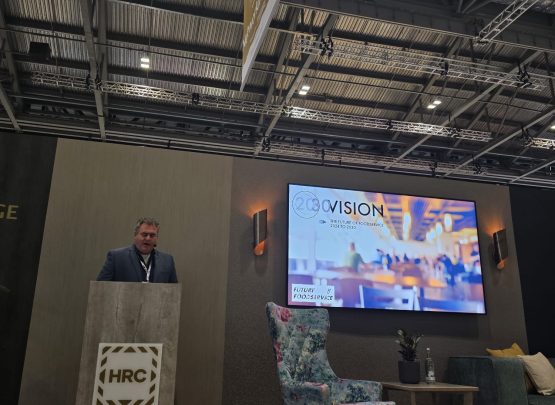“The new shopping district is the biggest development in central London for more than 150 years.”
Morty & Bob’s is the latest Instafamous restaurant to join Coal Drops Yard when it opens this autumn. It’s part of an already starry line-up of eateries, including Barrafina, Casa Pastor and The Drop, all of which are set to open in the new King’s Cross development on 26th October 2018.
The new shopping district is the biggest development in central London for more than 150 years. It forms part of the King’s Cross regeneration plan which, once complete, will be home to 50 new buildings, 1,900 new homes, 20 new streets, 10 public parks and squares and 26 acres of open space. It’s so beefy it’s even got its own postcode.
With constant news headlines about the death of the high street, is Coal Drops just what the UK retail scene needs? With the aim of becoming a neighbourhood amid an era of generic townscapes, it’s a scheme that – if it proves a success – could provide a template for urban retail for decades to come.
Here’s why.
BESPOKE ARCHITECTURE
The mix of sweeping modern curves, concrete and historic architecture designed by hip Heatherwick studio and realised by developer Argent is taking its final shape and is nearly 75% leased. The location of every retail unit has been cleverly determined. Michelin-starred French chef Alain Ducasse’s café and shop, Le Chocolat, is near the entrance, so the smell of warm chocolate wafts along the canal, drawing people in viscerally.
IT’S BARELY BRANDED
Even the hoardings around the development and its head office are discreetly labelled. It’s the antithesis to Westfield’s near-generic blueprints, which feature mostly indoor shopping spaces.
IT RECALIBRATES WHAT GROUP RETAILING MEANS
As well as homes, offices and education (Central Saint Martins is just next door in Granary Square), its village-like layout has plenty of opportunities for outdoor events based around music and culture. Public areas and wow factor brand concept spaces act as a conduit for engaging with young trendsetters and tastemakers that can’t necessarily shop at this stage, but are future spenders.
THERE’S A SHREWD MIX OF HIGH AND LOW END RETAILERS
Like a petri dish for the evolving retail sector, Coal Drops packs in a wide variety of shops, from global names like Samsung and Paul Smith, through to artisanal brands like eyewear label Cubitts, eco-luxe accessories company Lost Property London and cult homewares designer Tom Dixon. Concept-led stores offer everything from pencils and candles up to lighting and furniture. After all, shoppers rarely stick to one price point nowadays.
AND IT MAKES THINGS MORE ACCESSIBLE FOR SMALLER RETAILERS, TOO…
Several collectives in Lower Stable Street, which comprises smaller units, will be given over to smaller retailers and collectives, many of which will undertake events like product-making workshops with local schools. There’s also specific space for service-based tenants in the grooming and beauty world such as barbershops, beauty salons and a tattoo joint.
FINANCIAL POTENTIAL IS CONSIDERABLE
With the halo effect of the commercial-institutional heavyweights set to open, Coal Drops could be registering a potential spending power of approximately £1.6bn per year – if it can deliver the concept authentically. With only three months to go, we don’t have to wait long to see if a retail scheme 160 years in the making will succeed where other high streets have failed.




